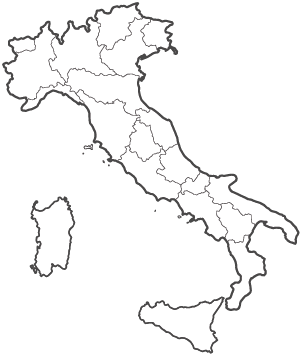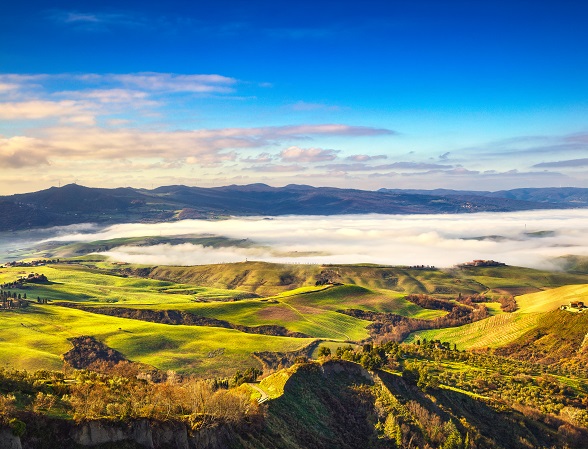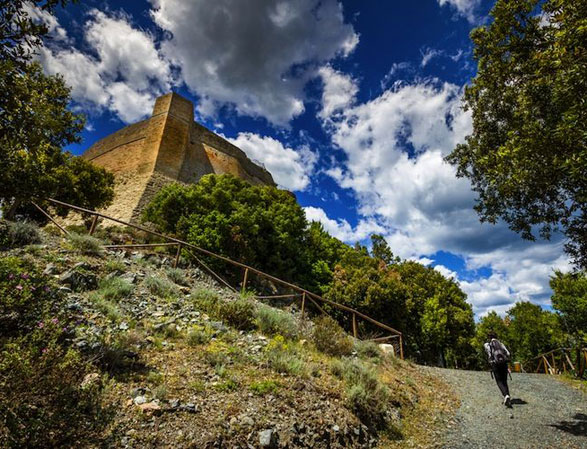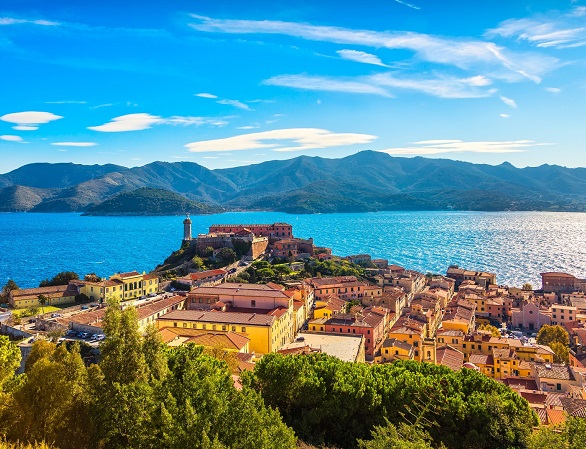Even if you aren’t a wine connoisseur, or have never stepped foot in Italy, chances are you recognize the burgundy circle with a black rooster on your bottle of Italian wine. Indeed, Chianti Classico’s “Gallo Nero” can be found across the globe, and remains one of Made in Italy’s most iconic symbols.
The history of the Chianti winemaking region has roots in Etruscan times. However, it wasn’t until 1716 when Cosimo III de’ Medici, Grand Duke of Tuscany, officially drew its boundaries, that Chianti’s geographical location was defined. Fast forward three centuries, and the Grand Duke’s original delineation now encompasses much of central Tuscany from the capital of Florence to Siena.
As famous as the “Gallo Nero” label itself, the Chianti territory is renowned worldwide for its breathtaking beauty. Sweeping landscapes in green and golden hues, white-pebbled roads flanked by cypress trees, fields of red poppies and bright yellow sunflowers, and, of course, vineyards and olive trees etched into the rolling hillsides. The area’s namesake wine, Chianti, consists of predominantly Sangiovese grapes and adheres to strict winemaking protocols outlined by Italian DOCG certification. However, the only vintage that can proudly display the black rooster logo is Chianti Classico, a distinct appellation reflecting Medici’s historical decree.
Chianti aside, some of the region’s most coveted (and expensive) wines don’t carry the esteemed cockerel insignia. The so-called Super Tuscans started out as rogue table wines and quickly gained near-cult status and every sommeliers’ attention. Today these legendary rule-breakers boast their own certification, IGT (Indicazione Geografica Tipica), which guarantees their origin and quality, while allowing wineries to distinguish themselves with ad-hoc blends varying in style.
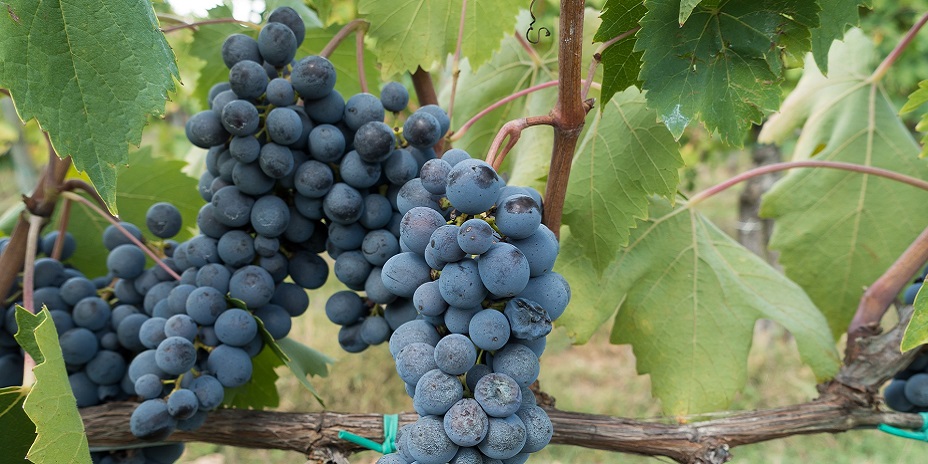
So, where in Chianti can you best imbibe ancient to modern enological history?
Start from Florence, inaugurating your journey at one of Tuscany’s viticultural empires: Antinori nel Chianti Classico. Six centuries and twenty-six generations have carried on the Antinori family’s winemaking tradition. In 2013, their brand-new winery in San Casciano Val di Pesa opened just 20 kilometers south of the Florentine capital. The estate’s sleek architecture, corkscrew staircase, geometrically-designed vineyards and suspended tasting room will take your breath away, and there are an array of tours and tastings daily with wines to appease every palate.
Heading east from San Casciano, another historic winery is Viticcio in Greve in Chianti. The family-run estate is also open for tours and tastings every day (booking in advance is always recommended) and has an impressive line-up of Chianti Classico wines as well as Super Tuscans.
Close by, visit the hilltop hamlet of Volpaia, where practically the entire village - buildings and inhabitants alike – is dedicated to producing top-class wine and olive oil for the Castello di Volpaia label. The castle, deconsecrated churches and ancient houses have been transformed into production areas, refinement cellars, olive mills, tasting rooms and more. Underground, a gravity-flow “wineduct” connects stainless-steel fermentation tanks at the top of Volpaia to barrel cellars in the lower part of the village.
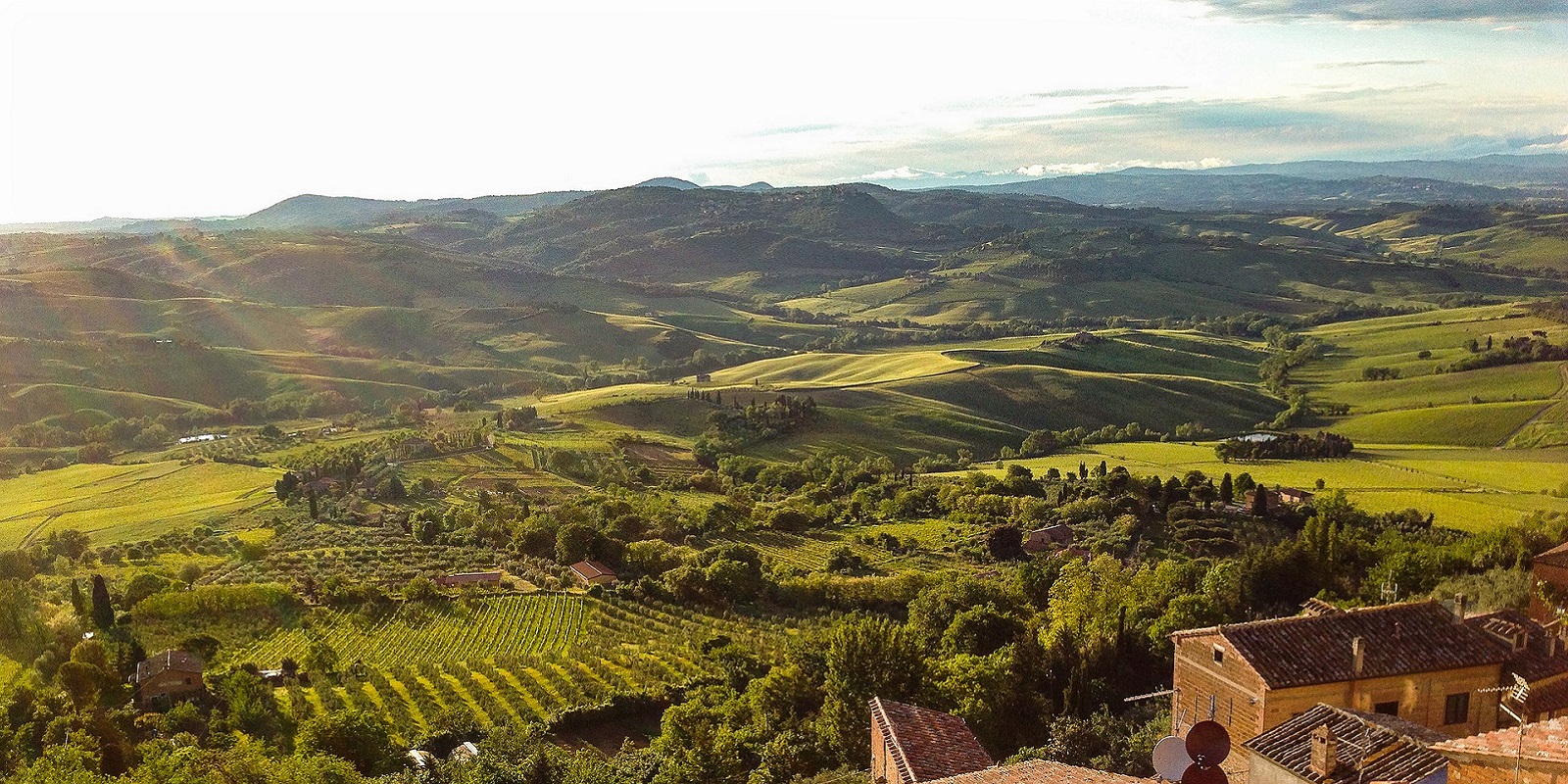
A wine tour through Chianti isn’t complete without a stop at Ricasoli just outside Gaiole in Chianti. The oldest winery in Italy, Ricasoli has viticultural roots dating back to 1141 and is credited with inventing the historic blend. In 1872, pioneering winemaker and second Prime Minister of Italy, Baron Bettino Ricasoli, created the original formula which became the point of reference for producers across the territory. Located on a 1,200-hectare estate surrounding Brolio Castle, Ricasoli cultivates 240 hectares of grapes and 26 hectares of olive groves. Tours include e-bike rides through the expansive landscape, guided visits of the castle and museum, as well as wine cellar tours and tastings. For just 5 euro you can freely roam the castle grounds and gardens and access the tasting room.
As you approach Siena, complete your journey with a visit to the gorgeous Castello di Ama near Lecchi in Chianti. Grapes have long been cultivated in this fertile terroir, but it wasn’t until the 1970s that this modern-day winery came to be. Perched on a hill in a 12th century hamlet, Castello di Ama blends winemaking and art into a truly one-of-a-kind experience. Throughout the estate, contemporary art installations created by world-famous artists exalt the natural scenery. Tours last an hour and a half and include the cellars, production area, village and 18th century villas, and culminate in a tasting of Castello di Ama wines at the Enoteca. Reservations are required in advance.
With so much to offer, Chianti should be taken at a slow pace to truly savor its beauty and flavors. Stretch out your wine tastings over a few days, take time to visit the many medieval villages dotting the countryside, and don’t forget to plan your stay at one of our characteristic farmhouses for a truly authentic Tuscan experience!
